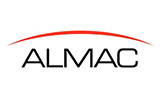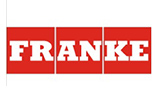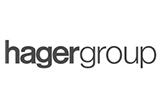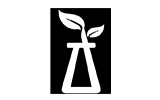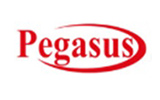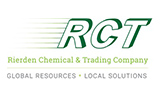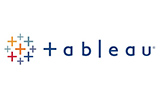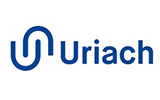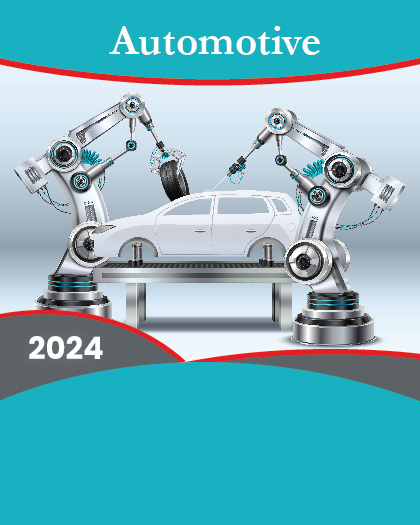

Market Overview
The Indonesia car finance market is poised for significant growth over the forecast period from 2025 to 2033. In 2024, the market was valued at USD 41.56 billion and is projected to reach approximately USD 86.03 billion by 2033, reflecting a Compound Annual Growth Rate (CAGR) of 8.42%. This growth is fueled by rising vehicle ownership, expanding financial service offerings, and increasing consumer demand for flexible financing options. Indonesia’s growing middle-class population, rapid urbanization, and economic expansion are key factors contributing to the increasing preference for car financing solutions. Banks, non-banking financial companies (NBFCs), and automakers are actively innovating their financing models to cater to a diverse range of consumers.
Key Market Drivers
Rising Vehicle Ownership
Indonesia has witnessed a consistent increase in vehicle sales. In 2022, approximately 1.04 million vehicles were sold, with the momentum continuing into 2023, recording 505,985 units sold in the first half of the year. This surge in vehicle ownership directly fuels the demand for car financing options, making loans and leases more essential than ever.
Economic Growth and Urbanization
Indonesia’s expanding urban population and rising disposable incomes are driving more consumers towards vehicle ownership. As more people migrate to urban centers for employment, the demand for personal and commercial vehicles is increasing, boosting the growth of car finance services.
Flexible Financing Options
Financial institutions are offering a variety of financing products tailored to meet diverse consumer needs. These include low-interest car loans, leasing options, and credit programs for electric vehicles (EVs), supporting Indonesia’s transition to sustainable mobility.
Increasing Digitalization in Financial Services
Digital transformation in the financial sector is enabling faster loan approvals, online application processes, and AI-driven credit assessment models, making vehicle financing more accessible to a larger consumer base.
Growth of Electric Vehicle (EV) Financing
With Indonesia’s push towards sustainable transportation, there is increasing demand for EV financing solutions. Financial institutions are now offering incentives and special loan programs for EV buyers to support green mobility adoption.
Market Segmentation
By Financing Type:
By Vehicle Type:
By Vehicle Usage:
By Propulsion Type:
By Ownership:
By Service Providers:
By End Users:
Competitive Landscape: Key Players in Indonesia's Car Finance Market
The Indonesia car finance market is highly competitive, with both traditional banks and digital lending platforms offering vehicle financing solutions. Key players include:
Major Banks Offering Car Loans:
Non-Banking Financial Companies (NBFCs) and Leasing Providers:
Emerging Digital Car Financing Platforms:
Key Competitive Strategies:
Market Challenges
Credit Risk and Loan Defaults
Financial institutions face challenges in assessing the creditworthiness of applicants, particularly in the used car financing segment, where risks of loan defaults are higher. Strengthening credit scoring models and risk assessment frameworks will be critical.
Regulatory Changes Impacting Interest Rates
Changes in government policies and financial regulations can affect the availability and affordability of car loans. Lenders must adapt to evolving policies to remain competitive in the market.
Competition from Ride-Sharing Services
The growth of ride-hailing services like Gojek and Grab is impacting car ownership rates, particularly among younger consumers who prefer mobility-as-a-service over purchasing a personal vehicle. This trend may lead financial institutions to shift focus toward fleet financing for mobility companies.
Economic Volatility and Inflation Impacting Loan Demand
Economic fluctuations and rising inflation rates can impact consumer purchasing power, leading to fluctuations in demand for car financing services.
Future Outlook (2025-2033)
The Indonesia car finance market is expected to maintain a strong growth trajectory, with several key trends shaping the industry over the next decade:
Expansion of Digital Auto Financing Solutions
The rise of AI-powered credit scoring, blockchain-based loan verification, and online auto loan marketplaces will continue to enhance consumer accessibility to vehicle financing.
Growth in EV and Green Car Financing
Government incentives promoting electric vehicles (EVs) will drive more consumers to opt for green car financing programs, supported by low-interest loans and tax benefits.
Integration of AI and Machine Learning in Auto Loan Processing
Financial institutions will increasingly adopt AI-driven automation for faster loan approvals, reducing manual paperwork and streamlining the financing process.
Increased Demand for Used Car Financing
The rising popularity of used cars among budget-conscious consumers will lead to higher demand for second-hand car financing solutions, creating opportunities for NBFCs and digital lending platforms.
Public-Private Partnerships in Vehicle Leasing
Leasing models will gain traction, with corporates, ride-hailing platforms, and logistics companies opting for long-term fleet financing solutions.
Conclusion: A High-Growth Market with Expanding Opportunities
The Indonesia car finance market is set for rapid expansion, driven by:
With the market projected to reach USD 86.03 billion by 2033, financial institutions, digital lenders, and car manufacturers are expected to intensify competition through innovative lending models, competitive interest rates, and expanded financing options for consumers and businesses alike.
